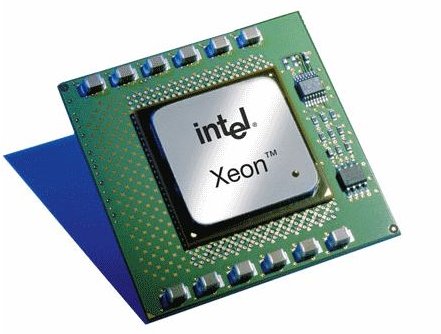A Guide to Diagnosing Faulty CPU Chip Symptoms
Time to Worry?
Fauly CPU’s are a rare occurrence. The main cause of processor failure is now overheating, overclocking or a combination of both. This article will discuss how to tell if the CPU is at fault and how to prove it.
The first signs of CPU failure will be system crashes, usually of the “fatal error” variety. These crashes may be hard to pinpoint because they’re likely to happen at random intervals. Unlike GPUs, which usually warn of their impending death by throwing artifacts into images, CPUs don’t really have a state of half-failure. When they screw up, you’re usually going to see a BSOD or a random reboot. Since this will occur whenever a processor completely fails to execute code correctly, you won’t have any forewarning. One second everything is fine - and the next, it’s not.
Eventually, you’ll be unable to boot your computer at all. A processor that has gone completely silent is not necessarily going to be preceded by BSODs, random reboots and other warning signs. With that said, however, a processor that suddenly goes completely silent has probably been fried instantly, rather than cooked over time by poor cooling or excessive overclocking.
Diagnosing and Solving the Problem
The first thing to do is ensure your problems aren’t temperature related. Either using a desktop gadget or a hardware temperature monitoring tool, put your processor under loading using a program like OCCT or SuperPi and watch the temperature gauge. If it doesn’t elevate too much, and remains at at reasonable temperature, you can rule that out. If your computer crashes during the stress test, and temperatures are over 70 degrees Celsius, it’s a reasonable conclusion that temperature is a factor. This means the cooling solution is either clogged up by dust or has failed. First try cleaning out your PC, and if that doesn’t work, try installing a new cooler.
If temperature is not the issue, remove all hardware except the essentials, including a single stick of RAM, a single drive, and the graphics card. If your motherboard has on-board graphics, remove the graphics card and use that instead. Test the system again and try the activity that causes the crash. Work with a combination of drives, RAM and memory slots to see if you’re able to find a system conflict that’s causing the problem. This can be an ardourous process, but it’s nessecary to pinpoint and solve the real problem.
If your computer does not boot at all, remove the processor and look for any signs that it may have suffered a hardware failure. This includes scorch marks, a smell of burnt electronics, or bent pins on the processor or the motherboard socket. Although it’s rare for processors to be torched in this fashion, it’s possible if your power supply or motherboard fails to properly regulate power - or if you crank the voltage way too high when overclocking.
This Is the End

Often reseating a CPU can resolve issues, as dust or debris can build between contacts, and even excess static electricty can cause issues. Don’t buy a new processor until you’ve taken out the old one and inspected it for any issues.
If reseating it doesn’t improve the situation, then it isn’t unreasonable to think the CPU may be faulty and a replacment is needed
References
Author Experience
Images are provided by author or from Intel press materials.
